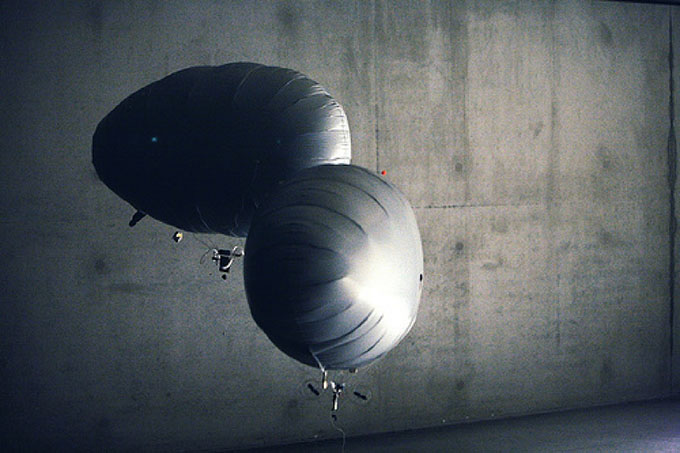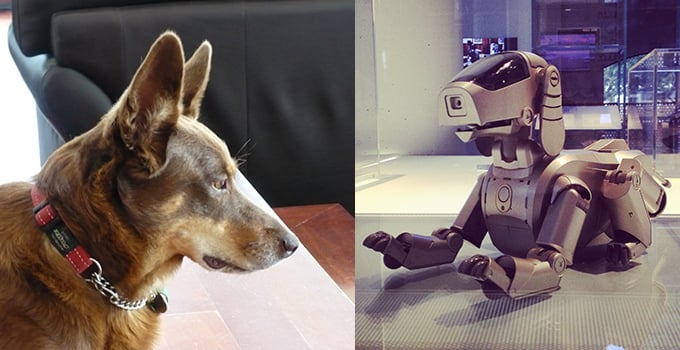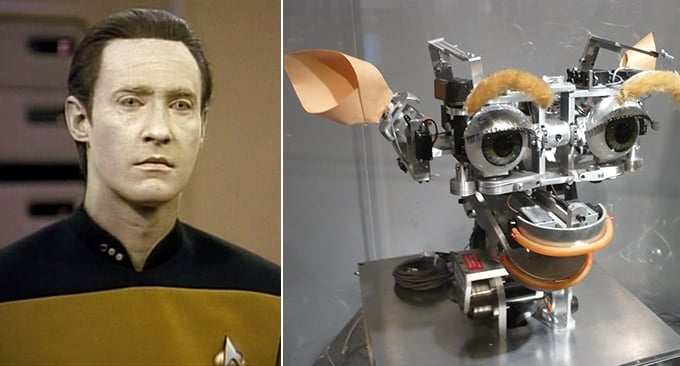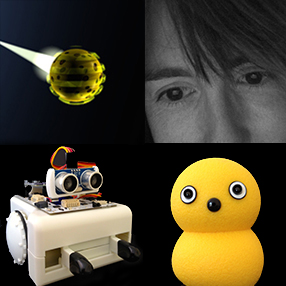Chapter 4 Stories and Dances
![]() [A]ll actors become who they are in the dance of relating, not from scratch, not ex nihilo, but full of the patterns of their sometimes-joined, sometimes-separate heritages both before and lateral to this encounter (Haraway, 2008, p. 25).
[A]ll actors become who they are in the dance of relating, not from scratch, not ex nihilo, but full of the patterns of their sometimes-joined, sometimes-separate heritages both before and lateral to this encounter (Haraway, 2008, p. 25).
The Fish-Bird Project is the second robotic art installation discussed in Robots and Communication. For this work, created by artist Mari Velonaki and roboticists at the Centre for Social Robotics at the University of Sydney, the idea of the encounter (discussed in Chapter 3 with respect to the ALAVs) is again important. However, an analysis of Fish and Bird and their interactions with each other and with human visitors also introduces ideas about framing with a back story, and the communication that occurs as people and robots move around one another. This ‘dance’ of interaction draws attention to the importance of embodied communication, which I have already introduced in Chapter 2 in relation to human-animal interactions.
Encounters with Fish and Bird demonstrate the way in which movement is assessed from a distance and also read when in closer proximity as a sign of intent and the emotional state of a character. The quotation from Donna Haraway that was to have been the epigraph for this chapter encapsulates both the idea of histories, back stories or ‘heritages’ and the new ‘dance of relating’ that mingle together in driving the unusual experience of communication that develops when people meet the robots in this installation.
Haraway, D. (2008) When species meet. Minneapolis; London: University of Minnesota Press.
Image courtesy of Mari Velonaki.





